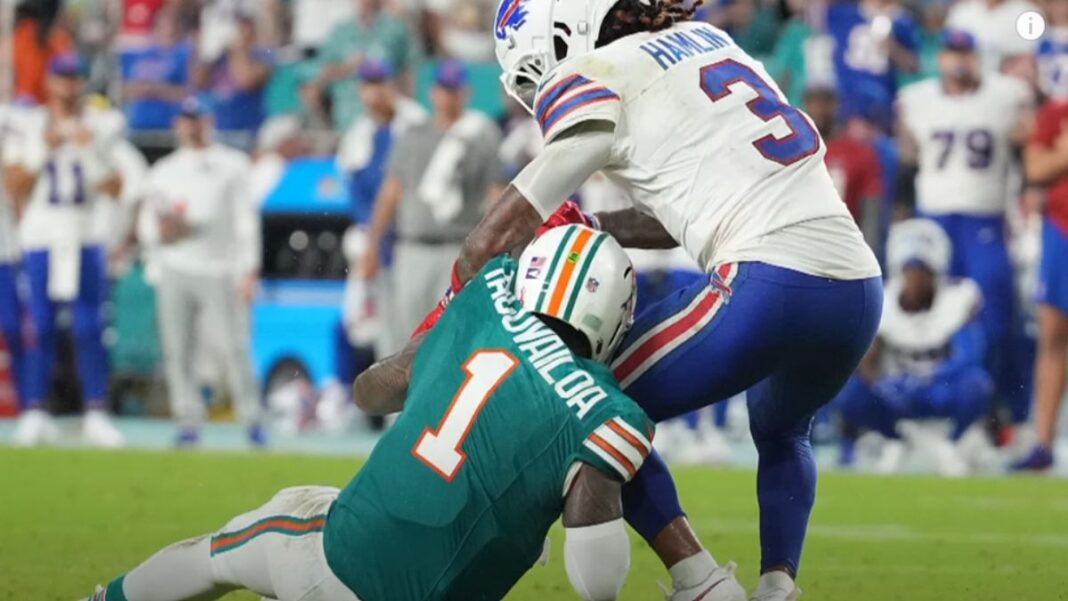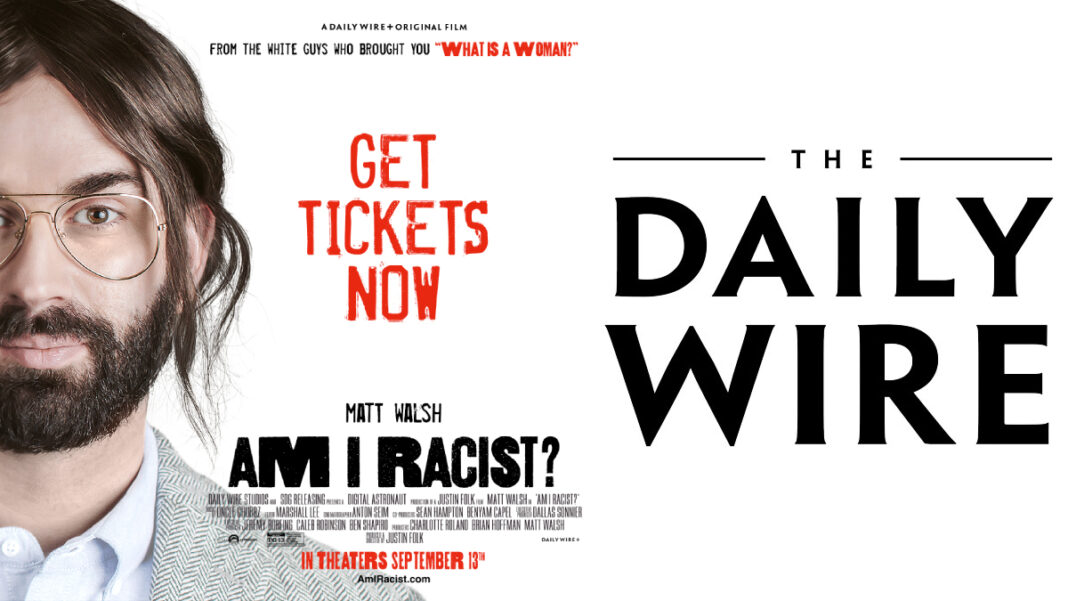So, it’s semi-official: Tua Tagovailoa’s next decisions about not only his career but his health will be played out in real time, in front of a world that either does or doesn’t care about this or that aspect of Tagovailoa’s life, subject to open speculation, uninformed weigh-ins from the rampantly unqualified, and the usual X/Insta/etc. broadsides.
In other words: the media. You can pick which area of that land mass you decide to rest on, but it’s all part of the whole.
At times like these, you might find yourself wishing for a few authorities to actually be able to out-shout the fools and speak competently on a topic this important and this nuanced. But you’re thinking about some other point in history on the media timeline. You’ll have to search for those voices. They’re there, but you may have to work for it.
The concussion that Tagovailoa suffered on national television last week was the third that he has had diagnosed since coming to the NFL in 2020, but more accurately it was his third in 24 months. The quarterback also was diagnosed with a concussion during his college days at Alabama.
Note the phrasing. You have heard that distinction, “diagnosed concussion,” employed quite a lot in the standard coverage of last Thursday’s on-field collision with Buffalo’s Damar Hamlin, as in, “third diagnosed concussion” for Tagovailoa. In some corners, the injury was described as “at least” the third for the QB. All of these word choices matter.
On the one hand, that kind of wide-casting of the journalistic net is simply media outlets covering their tracks – an implication, well founded given the NFL’s abysmal history on this topic, that there is probably more unknown than known about Tagovailoa.
On the other hand, such vague wording can’t help but leave the suggestion that Tagovailoa has suffered many more concussions, which we simply don’t know. Hey, it’s all unclear! Could be a baker’s dozen! As much as I can get on board with a healthy skepticism of anything coming from the NFL about it, this is still overstatement to the point of irresponsibility.
The fragmentation of the media doesn’t help in a situation like this, where medical expertise and a background in Tagovailoa’s personal health history matter more than just about anything else. But that horse has left the barn. The QB’s future was immediate fodder for anyone with an account and a following, even those who had the player’s best interest at heart.
Griffin, a day later, came back and posted this response to the speculation about Tagovailoa from the quarterback’s head coach, Miami’s Mike McDaniel:
McDaniel’s overarching sentiment, that Tua and only Tua can decide what to do about his own career, life and future, is easily the most sensible and aware statement that’s been made by anyone so far. And people did see it – but only a few people, and mostly only if McDaniel’s words happened to roll through their feed.
In the end, Tagovailoa’s own coach, clearly a person with Tua’s heart in mind, got compressed down to being just another voice, no more or less influential than anyone else. He was a guy on a video clip. That is the media in 2024.
One of the few clear-eyed points that I saw raised came from the Twitter/X account of Spotrac, a site which generally confines itself to the contracts of athletes, team payrolls, salary cap implications and the like. The post, written the day after Tagovailoa’s injury, laid out one single aspect of the QB’s decision-making process with startling clarity.
“While a full recovery is the only real focus here, in response to questions regarding Tua Tagovailoa’s contract: The deal includes $167M guaranteed for injury, $43M of which has been paid in 2024,” the post said. “If he’s medically cleared to return to football, but opts to retire, he will forego the remaining $124M guaranteed (barring a custom settlement). If he’s medically forced into retirement, he has a right to collect the $124M remaining.”
That simple, declarative establishment of the financial facts became all the more important in the days that followed, when media sites began reporting, sometimes breathlessly, that Tagovailoa has no plans to retire.
Of course he has no such plans – Tagovailoa hasn’t even finished meeting with medical specialists yet, let alone learned whether or when he’ll be cleared to return. As Spotrac’s post details, there is an enormous financial swing that depends upon the ultimate decisions made here.
The money may be a secondary or tertiary concern to Tagovailoa and his family. But we now understand more than we did about the specifics of that one aspect, for whatever it proves to be worth.
Giving interested people a piece of solid information that might matter? Don’t look now, but the salary site may just have committed journalism.

Mark Kreidler is a national award-winning writer whose work has appeared at ESPN, the New York Times, Washington Post, Time, Newsweek and dozens of other publications. He’s also a sports-talk veteran with stops in San Francisco and Sacramento, and the author of three books, including the bestselling “Four Days to Glory.” More of his writing can be found at https://markkreidler.substack.com. He is also reachable on Twitter @MarkKreidler.









